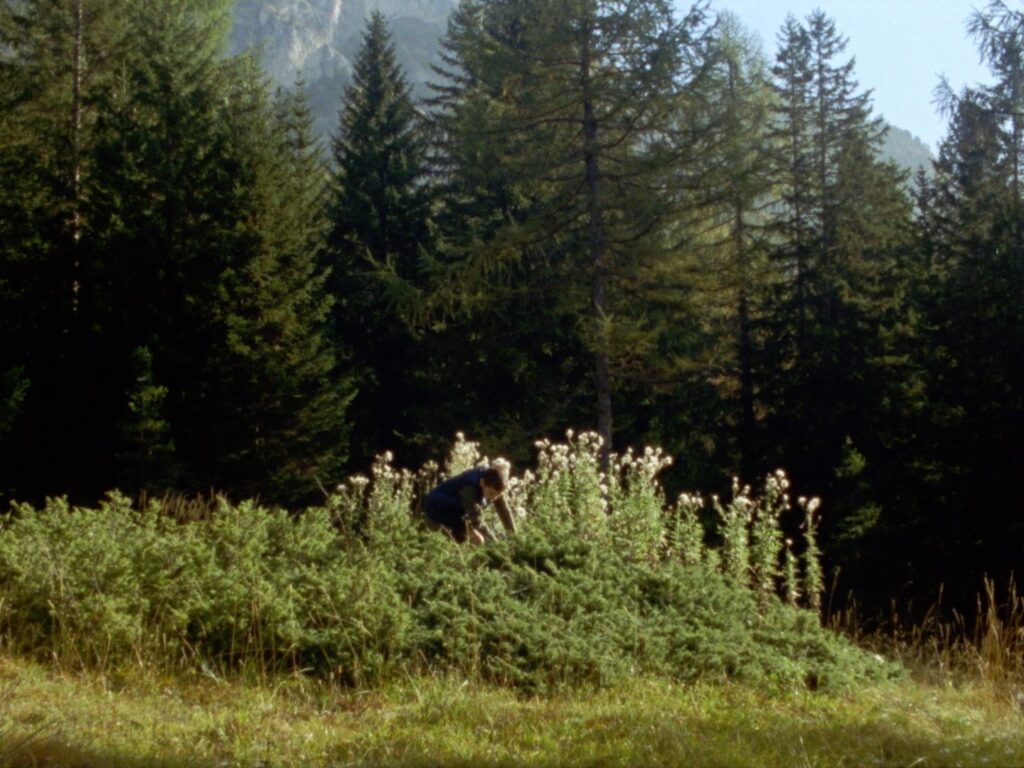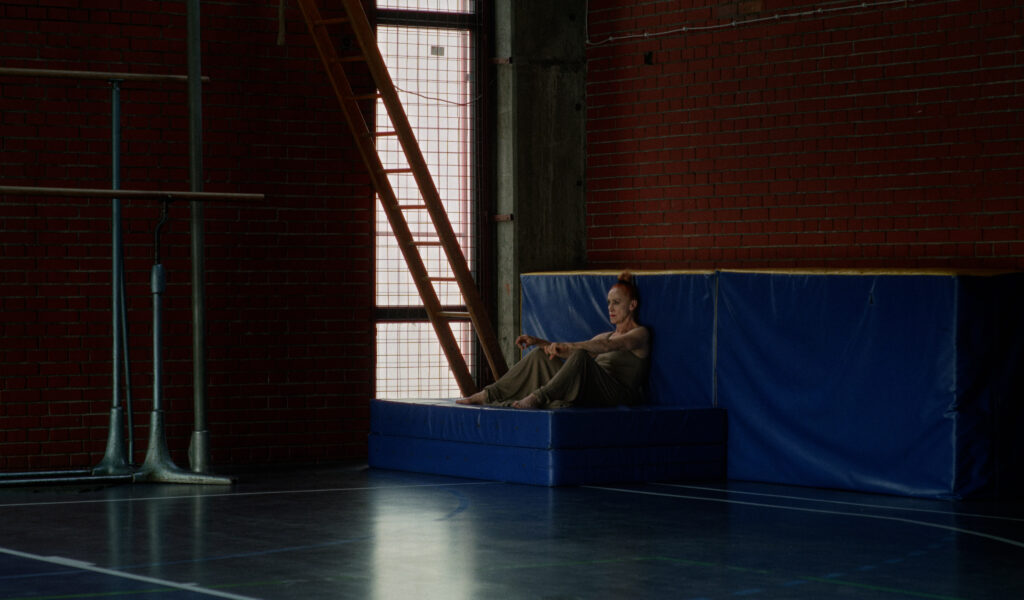
The BIEFF.15 winners: Films about history, voodoo, and dystopian societies win the major awards of the festival
After seven days full of screenings, encounters with renowned filmmakers, and events dedicated to the industry and film lovers, the 15th edition of Bucharest International Experimental Film Festival, which celebrated the importance of community and care for one another and for the surrounding world under the theme Common Ground, concluded on Sunday, September 28, with the awards ceremony honoring the best films presented across the three competitive sections.

The intense coming-of-age drama Punku, directed by Peruvian filmmaker J.D. Fernández Molero, won the BIEFF Award for Best Feature Film in the International Feature Competition, valued at 20,000 euros and offered by Avanpost, consisting of post-production services for the director’s next project. The jury composed of Savina Petkova, film critic and editor-in-chief of Talking Shorts, Cătălin Cristuțiu, editor and editing consultant, and Vanja Milena Munjin Paiva, film programmer, researcher, and member of the selection committee of the Valdivia International Film Festival, chose to give the award to “a film that dares to take you on a captivating journey both inward and outward, between documentary and fiction, using a variety of formats and approaches to fully harness the storytelling and speculative power of editing.”
In the International Short Film Competition, the jury formed of Alina Manolache, director, artist and lecturer, Lyse Ishimwe Nsengiyumva, film curator and photographer, part of the selection committee of the International Film Festival Rotterdam, and Paola Buontempo, Argentine director, professor, and film curator, part of the selection committee of Documenta Madrid, granted three awards. The award for Best Short Film, valued at 1,000 euros, went to Eva Giolo’s Memory Is an Animal, It Barks with Many Mouths. The jury praised the film as “beautifully shot on 16mm, with a playful yet profound essayistic style that delicately dissects a language, a place, and an oral tradition, revealing the deep geological time that shapes both the landscape and the stories it shelters.”

The award for Best Filmmakers, also valued at 1,000 euros, went to Marta Popivoda for her short film Slet 1988, for “the way she weaves a narrative that explores the aesthetic and political forces of the collective body, reappropriating images and challenging the discourse of the common dream: a memory embodied through a collective performance as a strategy for emotional release and survival.” The award for Best Visual Concept, valued at 1,000 euros, went to Their Eyes, in which “with remarkable conceptual clarity and an inventive minimalism of means, director Nicolas Gourault reconstructs the world through the eyes of those who label it for us: micro-workers online from Venezuela, Kenya, and the Philippines. Ultimately, this film makes us ask: how do we label what we see? And to what extent is our reading of reality the same for everyone?”
In the National Short Film Competition, the jury composed of Emilia Mazik, head of the industry department at Go Short – International Short Film Festival in the Netherlands, Laurence Rilly, responsible for the short film program at ARTE Strasbourg and coordinator of the weekly magazine dedicated to short films, Short Circuit, and Teresa Vieira, film critic and artistic director of BEAST International Film Festival in Portugal, chose to award with Best Romanian Film, valued at 500 euros, Xandra Popescu’s Erogenesis. The jury appreciated the film’s ingenious and efficient use of conventional cinematic forms, as well as the remarkable integration of theatrical dramatic elements into a dystopian yet familiar setting, addressing urgent political themes related to society and gender, accompanied by an immersive soundscape and score.
The jury also awarded a Special Mention, consisting of post-production services valued at 1,000 euros offered by Luno, to the film I Am Also Part of the Three Turns, directed by Monica Maria Moraru. The film was chosen “for its coherence in the diverse, skillful, and creative use of different visual aesthetic approaches—playing with light and filters—while maintaining a clear focus on its ecological and political message; for a complex and incisive recollection of a fragmented history of a devastated urban landscape.”